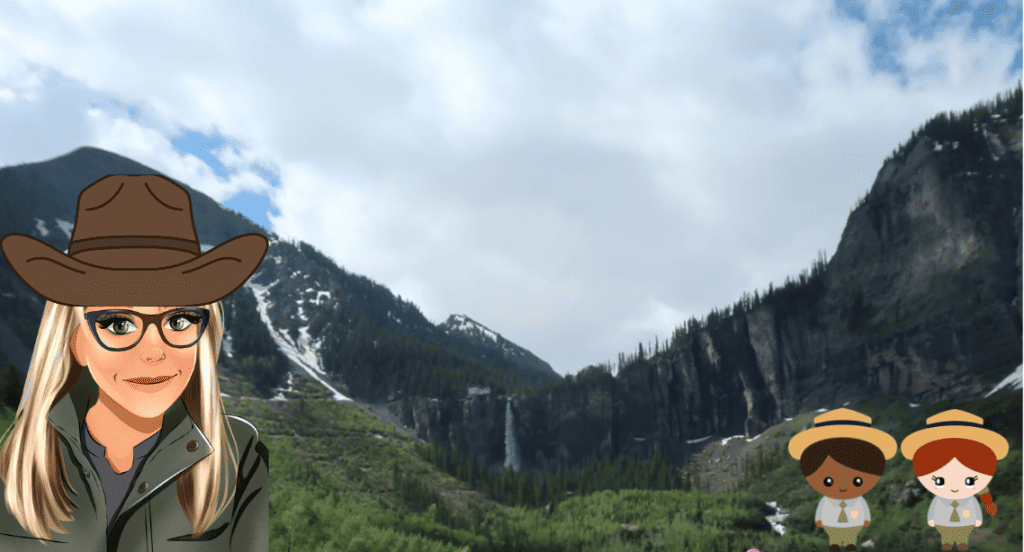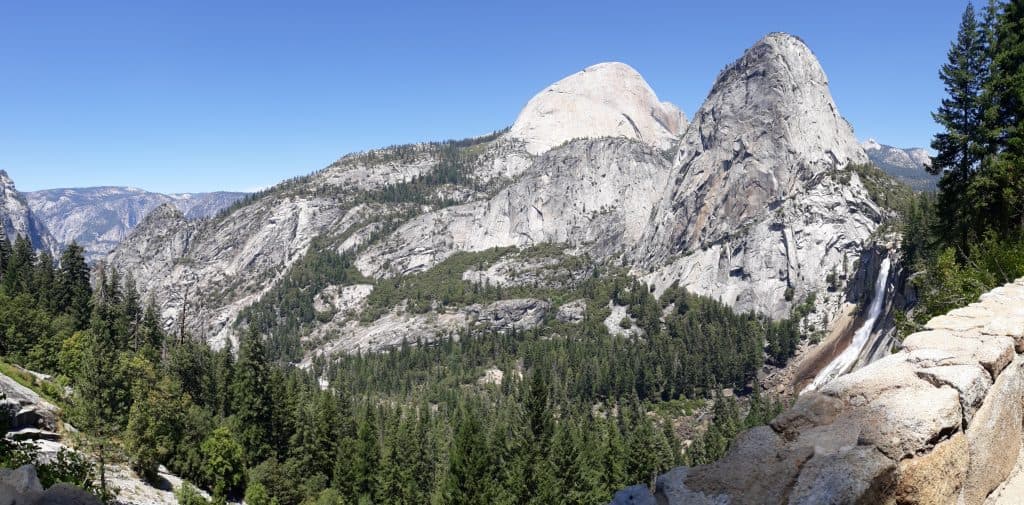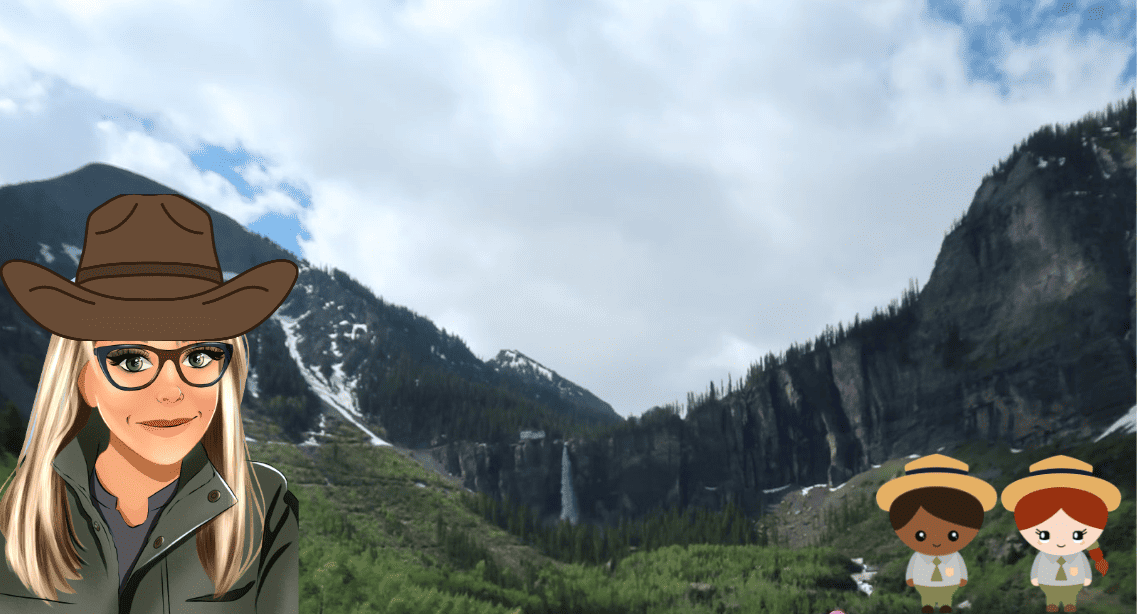The United States National Park System is one of the most treasured and beloved aspects of American culture. It offers visitors a chance to experience some of the country’s most stunning natural wonders and historic landmarks. But why was the National Park System created in the first place?
Why was the National Park System created?
The idea for a National Park System was first proposed in the late 1800s when the rapid expansion of the country’s population and the growth of industrialization began to threaten the natural beauty and resources of the American landscape.
After President Grant signed legislation creating the first U.S. National Park, Yellowstone, in 1872, conservationists and politicians recognized the need to preserve these resources for future generations and began to advocate for the creation of a system of protected lands.

Who is John Muir, and why is he important to the National Park System?
One of the key figures in this conservation movement was naturalist John Muir. He is often credited with helping to create the National Park System. Muir, who was a founder of the Sierra Club, wrote and spoke extensively about the importance of preserving America’s natural wonders and the need for a system of protected lands.
His efforts, along with those of other conservationists, helped to raise awareness about the need for a National Park System. Muir is touted the “Father of The National Park Service,” and he was honored with a National Historic Site: John Muir National Historic Site.
Muir was instrumental in the establishment of several national parks including Yosemite National Park, Sequoia National Park, Grand Canyon National Park, and Mount Rainier National Park.
Although he died in 1914 which was before the National Park System was officially created, Muir’s writings and activism helped to galvanize public support for the conservation movement in the late 19th and early 20th centuries.
Why is Theodore Roosevelt an important figure in the creation of the National Park System?
Theodore Roosevelt is considered to be one of the most important figures in the creation of the National Park System in the United States. During his presidency from 1901 to 1909, he played a key role in establishing new national parks and expanding existing ones.
Roosevelt was an avid outdoorsman and conservationist who believed that natural resources should be managed and preserved for the benefit of future generations. He recognized the importance of preserving America’s wilderness and was a strong advocate for the protection of public lands.
During his presidency, Roosevelt established five national parks including Crater Lake National Park, Wind Cave National Park, and Mesa Verde National Park.
President Roosevelt also signed the Antiquities Act of 1906 which gave the president the authority to establish national monuments and protect historic landmarks and other cultural resources.
Roosevelt’s advocacy for the country’s national parks helped to raise public awareness about the importance of preserving America’s natural and cultural heritage.
President Woodrow Wilson and the National Park System
Woodrow Wilson is generally not considered a conservationist in the same way that some of his predecessors and successors were. While he did sign the legislation that created the National Park Service, his record on conservation is mixed.
For example, the “Hetch Hetchy” controversy was a major environmental and political issue during Wilson’s presidency. Hetch Hetchy is a valley in Yosemite National Park that was considered by many conservationists to be as beautiful and important as Yosemite Valley.
The controversy arose in 1906 when San Francisco proposed building a dam in Hetch Hetchy Valley to provide water and hydroelectric power for the city. The proposal was controversial because it would require flooding the valley which would destroy its natural beauty and disrupt its ecosystem.
John Muir and Theodore Roosevelt opposed the project arguing that the valley should be preserved. However, the proposal had powerful political and economic support, and it eventually won approval from Congress and President Woodrow Wilson in 1913.
The controversy over Hetch Hetchy was significant because it highlighted the tension between conservation and development in American society. It also raised questions about the appropriate uses of public lands and the role of government in managing natural resources.
Wilson was not known as a conservationist in the same way that some of his predecessors and successors were, but he did support the establishment of the National Park Service and the principles of conservation and public access that it embodied.
How did the National Park Service become a Federal Agency?
The 1916 Organic Act was signed into law by President Woodrow Wilson on August 25, 1916. This legislation is important to the National Park System because it established the National Park Service as a federal agency and defined its mission and purpose.
What did the creation of the National Park Service do for the National Parks and Monuments?
It unified the national parks and national monuments. It allocated managerial responsibility, and it allocated funding for operations and maintenance.
One of the key provisions of the Organic Act was the requirement that the National Park Service manage the parks in a way that would preserve their natural and cultural resources, while also making them accessible to the public. This approach, which became known as the “dual mandate,” has been a guiding principle of the National Park Service ever since.
The Organic Act also paved the way for the creation of many of the parks and monuments that we enjoy today and set the standard for their management and preservation for generations to come.
Since its creation, the National Park System has grown to encompass over 84 million acres of land and water resources including 63 National Parks and over 350 additional NPS units: National Monuments, National Historical Parks, and other protected areas. It is one of the largest and most diverse systems of protected lands in the world, and it attracts millions of visitors each year.

Celebrating the National Parks with National Park Week!
National Park Week is an annual event celebrated in the United States to honor the country’s natural and cultural heritage It aims to encourage people to visit and enjoy national parks.
During National Park Week, national parks across the country host a range of special events and activities such as guided tours, ranger-led hikes, educational programs, wildlife watching, and volunteer opportunities.
The park communities celebrate National Park Week by inviting visitors to explore the parks and learn more about the resources they protect. The National Park Service also offers a fee free admission on the opening day of National Park Week, which is usually on a Saturday.
In addition to the events and activities held within the parks, National Park Week is also celebrated online through social media and other digital platforms. The National Park Service and park partners often use this opportunity to showcase the unique features and experiences of the parks and encourage people to get involved in park conservation and preservation efforts.
Although the National Park System was created by this desire to protect America’s natural wonders, it has also served as a source of inspiration and recreation for millions of people.
So, whether you’re a nature lover, a history buff, or simply seeking a peaceful escape, the National Park System has something to offer for everyone!

